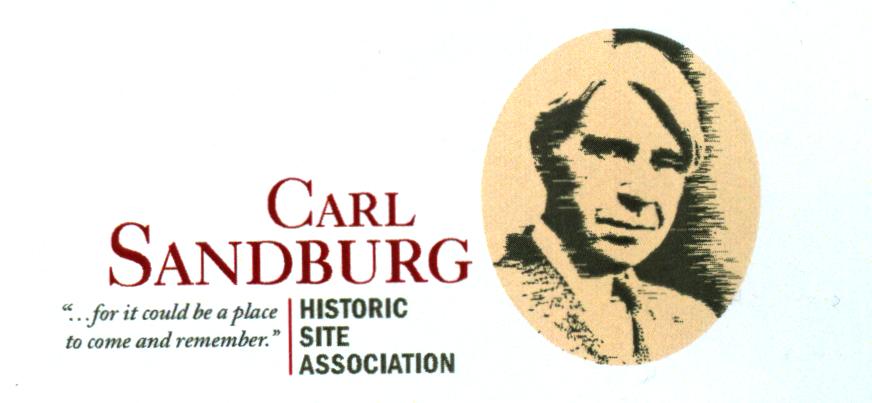|
________________________________________________________
#9 20 July 2024
Carl Sandburg (center) with members of the Company C, Illinois 6th Infantryy Regiment, Illinois Volunteers during the Spanish-American War.. [Photo courtesy of Carl Sandburg Home National Historic Site]]
War happens inside a man. It happens to him alone. It can never be
communicated. That is the tragedy—and perhaps the blessing.
Of War in Poetry and Prose
By John W. Quinley
Dear Readers, Sandburg lived through three wars and fought in the
Spanish-American War. He saw no direct action but suffered in the heat, wearing
woolen uniforms recycled from the Civil War. He fought off malaria-carrying
mosquitoes, and ate beef and beans from tin cans. He said, “It was a dirty and
lousy affair while it lasted.”
In the lead up to America’s entry into World War I, he
described the struggles on the home front and the desolation of war on the
battlefield. In the poem “Killers,” sixteen million soldiers sleep along the
picket lines:
And in the poem “Grass,” he laments the ironies of war
too soon forgotten. He observes that the grass covers the soldiers buried in the
battlefields, and in two years and again in ten years. The people ask, “What
place is this? Where are we now?”
Sandburg also led a martial call. In his most famous
poem from World War I, “The Four Brothers,” the brother-soldiers of France,
Russia, Britain, and America were understood as common folk ready to defend
their respective nations: “Cowpunchers, cornhuskers, shopmen, ready in khaki;
Ballplayers, lumberjacks, ironworkers, ready in khaki.” The poem was read at
Liberty Bond rallies across the country. In the lead-up to America’s formal entry into World War II, Sandburg opposed isolationism and supported efforts like the lend-lease program to bolster Britain’s stand against Nazi Germany. In the poem “Is There Any Easy Road to Freedom?,” he says that “in order to keep our freedoms we must never take them for granted; we must always keep threats to freedom in check.”
Sandburg covered World War II
in a weekly column, and he gave speeches at rallies and on the radio. His
columns and speeches were compiled by Sandburg into a 1940 book called
The Home Front Memo.
The book also included poems like “The Man with Broken Fingers,” a grim poem
about torture at the hands of the Gestapo. Sandburg asks:
The poem reached many millions of listeners and readers. It was read during the Treasury Hour Program on the radio in the United States, broadcast over shortwave radio to various parts of Europe, and published in Swedish, Danish, Norwegian, and Russian.
And as more lethal weapons were developed by both sides
during the Cold War, he defined the greatest threat to humanity as “The Unknown
War”:
Always supporting peace efforts between wars,
Sandburg in his poem “Sometimes they’ll give a war and nobody will come”
describes a little girl watching her first troop parade who asks:
Thanks for reading,
| ||||||||||||||||||||||||||||||||||||||||


